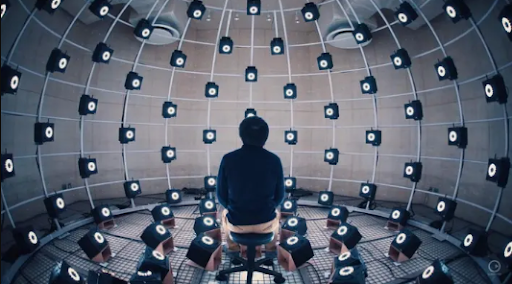For a long time, people accepted that music and voice could only sound so good through their usual devices. A better pair of speakers or upgraded headphones seemed like enough. Then came a new way of listening that questioned the limits of stereo sound. What used to belong in recording studios has started appearing in homes and workplaces alike.
At the core of this shift are spacial audio solutions, a group of technologies that create sound as it exists in the real worldall around, not just beside. When a meeting participant’s voice seems to come from one direction and background noises fade naturally, the listener’s brain relaxes. The result isn’t louder sound but clearer communication. In a home setting, the same principle turns an ordinary playlist into an experience that feels alive.
Offices have begun experimenting with this technology for more than entertainment. Video conferences can feel crowded when everyone’s voice blends into one flat stream. By giving each speaker their own acoustic position, the mind can focus better. Teams report fewer misunderstandings and less fatigue after long calls. It’s a subtle but valuable change in a workday that often depends on sound clarity.
In homes, meanwhile, entertainment has grown richer. Streaming platforms support mixes designed for depth, and more devices come ready to handle them. A movie soundtrack can place rain above the viewer and dialogue directly in front. The listener doesn’t need to imagine the spaceit’s already built into the recording. This natural realism is what separates immersive sound from traditional formats.
Some may wonder whether the improvement is really noticeable. The answer depends on the content and setup. When well-calibrated, spacial audio solutions deliver detail that stereo cannot reproduce. The distance between a whisper and a shout feels organic. It mirrors how people perceive sound every day, not as two channels but as a field. Once experienced, going back to the old way feels like watching high-definition television on an old screen.
Manufacturers are racing to meet the demand. Laptops, smartphones, and even cars now include processors that handle 3D sound rendering. Software developers are also integrating features that optimise output for specific environments. For businesses that rely on audio communication, adopting the right tools can make operations smoother and presentations more engaging.
Education and healthcare sectors are beginning to explore the benefits too. Virtual lessons using this type of audio keep students attentive by separating voices naturally. Hospitals have tested immersive sound systems to guide patients through relaxation or therapy exercises. The comfort and realism of the sound can influence mood, which is why researchers continue to study its impact.
Still, not every environment is ready. Setting up the system requires technical understanding and proper tuning. Room size, wall texture, and device compatibility all affect results. For some users, the cost remains a barrier. But as the market grows and standards improve, entry-level systems will likely become more accessible. Early adopters are already setting the example.
The biggest advantage may come from how it changes expectations. Once consumers recognise how realistic sound can be, they start demanding it everywherein music, meetings, even mobile apps. That pressure pushes both hardware makers and content creators to innovate faster. In time, these immersive experiences may replace the flat audio formats many still use today.
The shift isn’t about novelty; it’s about accuracy. People don’t hear life in two channels, and technology is finally catching up to that fact. With spacial audio solutions spreading from entertainment to enterprise, they are setting a new baseline for what clear, natural listening should feel likewhether in a living room or a boardroom.

